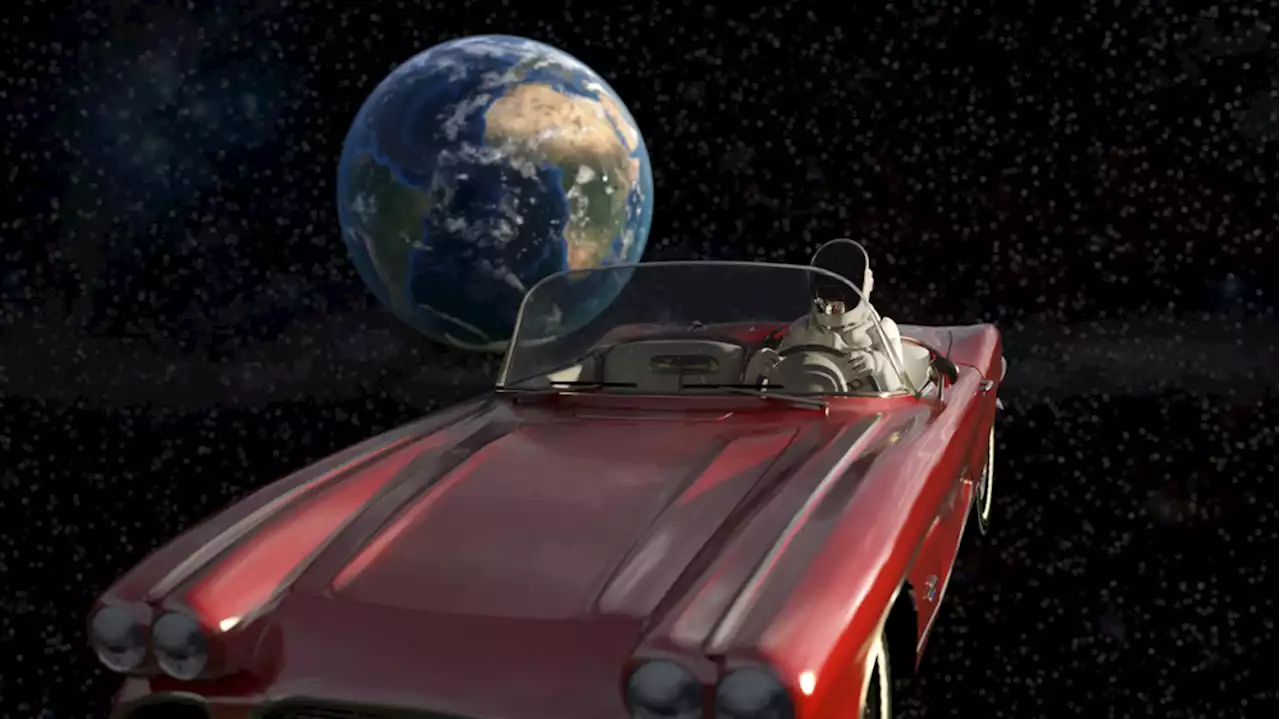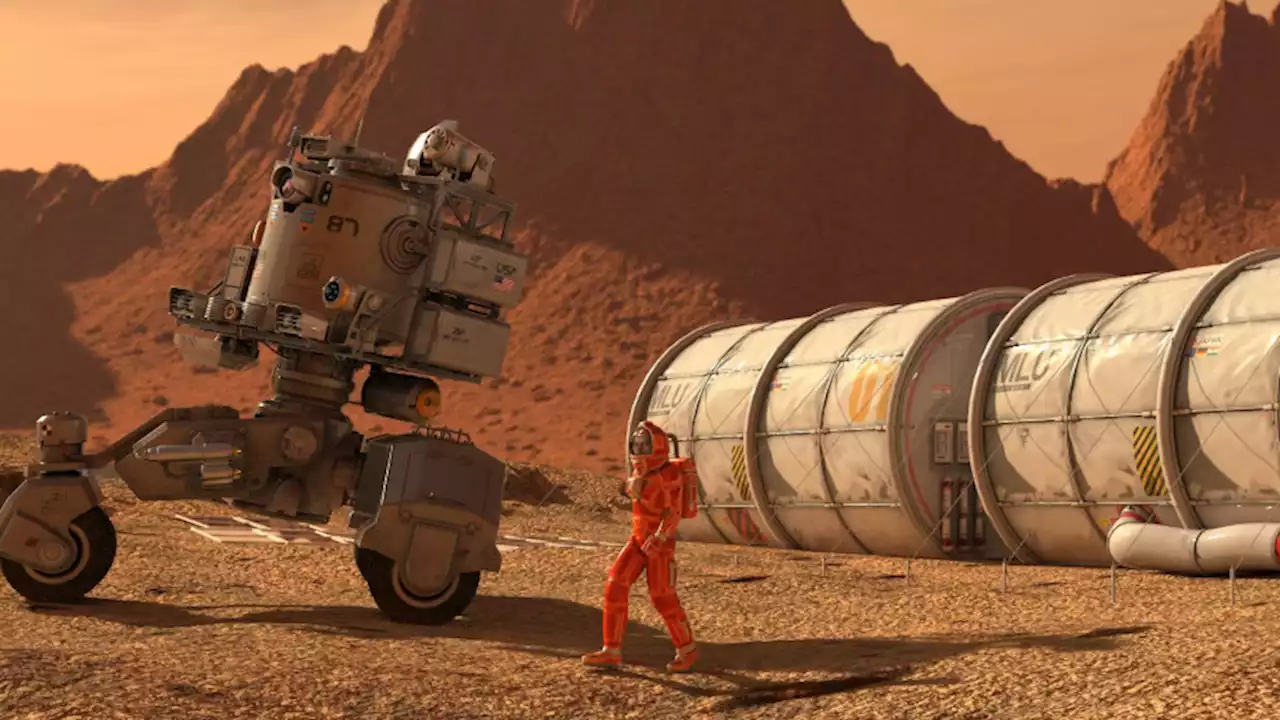Things can turn very dark in space if we're not properly prepared. 🧐 engineering
Now, two scientistsare stating that the main problem with colonizing other planets would be getting food which would result in space explorers becoming cannibals.
Charles Cockell, a professor of astrobiology at Edinburgh University, and Dr. Cameron Smith, a Portland State University anthropologist, both suggested Jupiter’s moon Callisto and Saturn’s counterpart Titan as possible destinations but did not shy away from expressing the dangers of inhabiting these new planets.
To avoid a grim future, the experts suggested humans first try inhabiting closer space destinations such as the Moon and Mars where help from Earth is closer and more readily available and where technologies for colonizing the planets can be tested and perfected. "The systems have to be really reliable and that’s why they need to be tested before. That’s based on historical situations — Franklin’s crew tried to find the northwest passage on ships in the late 19century — they were the most sophisticated pieces of technology available at that time. They had tinned food, which was the new technology — and yet, they got lost, stranded and they," said Cockell.
Cockell argued that the technology to properly colonize other planets already exists making the habitation of Mars possible in 30 to 40 years. There is one caveat, however, argued Cockell, this technology must beJust enter your email and we’ll take care of the rest:
México Últimas Noticias, México Titulares
Similar News:También puedes leer noticias similares a ésta que hemos recopilado de otras fuentes de noticias.
 Medical Emergencies in Space: Is Private Space Tourism Ready for a Worst Case Scenario?Flying into space is risky even for fit, well-trained astronauts. Adding space tourists to flights will only boost the odds of something going wrong. What happens then?
Medical Emergencies in Space: Is Private Space Tourism Ready for a Worst Case Scenario?Flying into space is risky even for fit, well-trained astronauts. Adding space tourists to flights will only boost the odds of something going wrong. What happens then?
Leer más »
 Why the James Webb Space Telescope's sunshield deployment takes so longIt's a very complicated endeavor.
Why the James Webb Space Telescope's sunshield deployment takes so longIt's a very complicated endeavor.
Leer más »
 Astronauts ring in New Year aboard space station to welcome 2022There are 10 astronauts for the New Year on the International Space Station and China's Tiangong module Tianhe.
Astronauts ring in New Year aboard space station to welcome 2022There are 10 astronauts for the New Year on the International Space Station and China's Tiangong module Tianhe.
Leer más »
 A NASA Astrophysicist Explains Why The James Webb Space Telescope Looks Like a HoneycombHear it from a NASA scientists why the new James Web Space Telescope, which launched on Christmas day, looks so wonderfully weird.
A NASA Astrophysicist Explains Why The James Webb Space Telescope Looks Like a HoneycombHear it from a NASA scientists why the new James Web Space Telescope, which launched on Christmas day, looks so wonderfully weird.
Leer más »
 James Webb Space Telescope unfurls massive sunshield in major deployment milestoneThis was one of Webb's most nerve-wracking post-launch steps.
James Webb Space Telescope unfurls massive sunshield in major deployment milestoneThis was one of Webb's most nerve-wracking post-launch steps.
Leer más »
